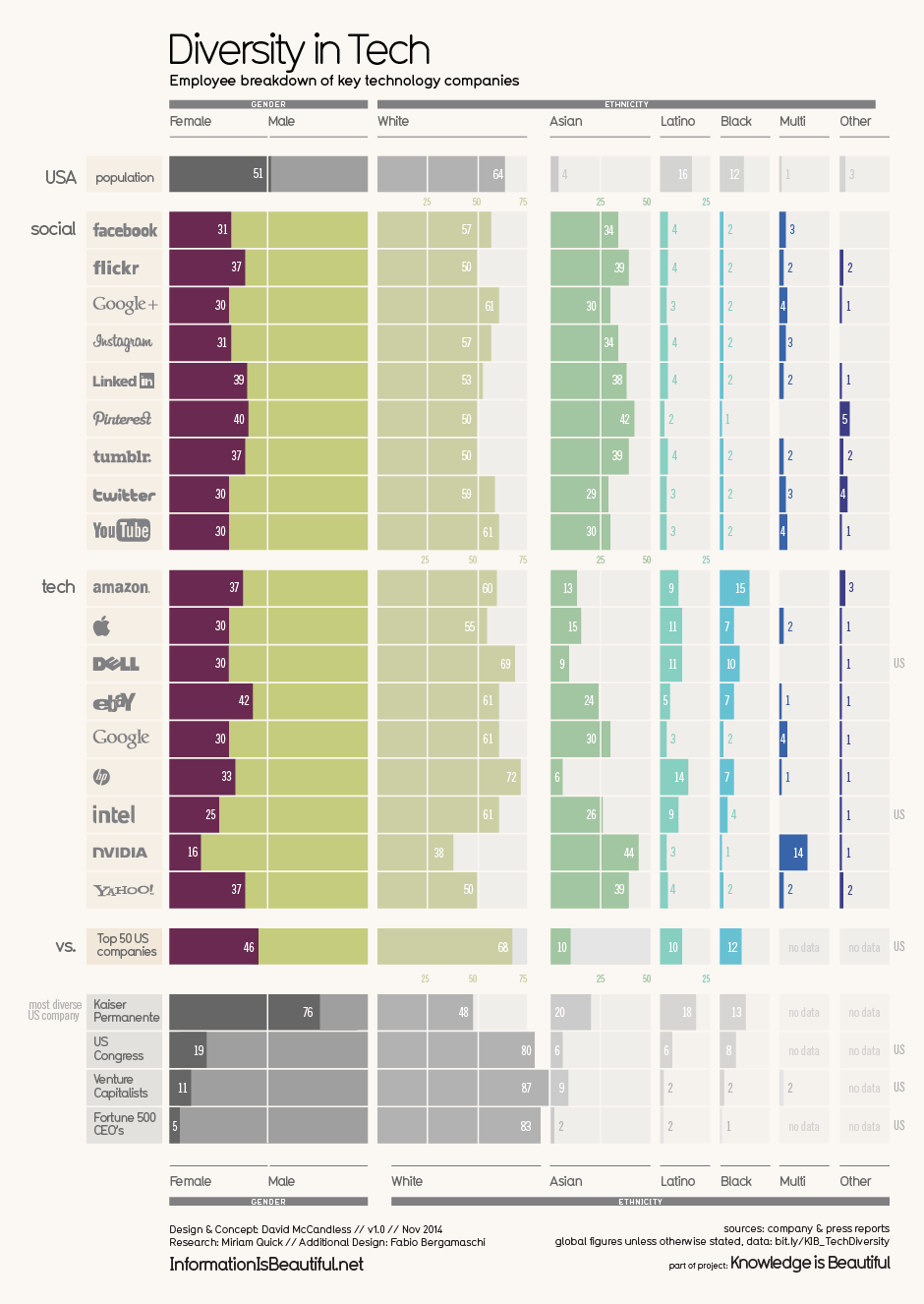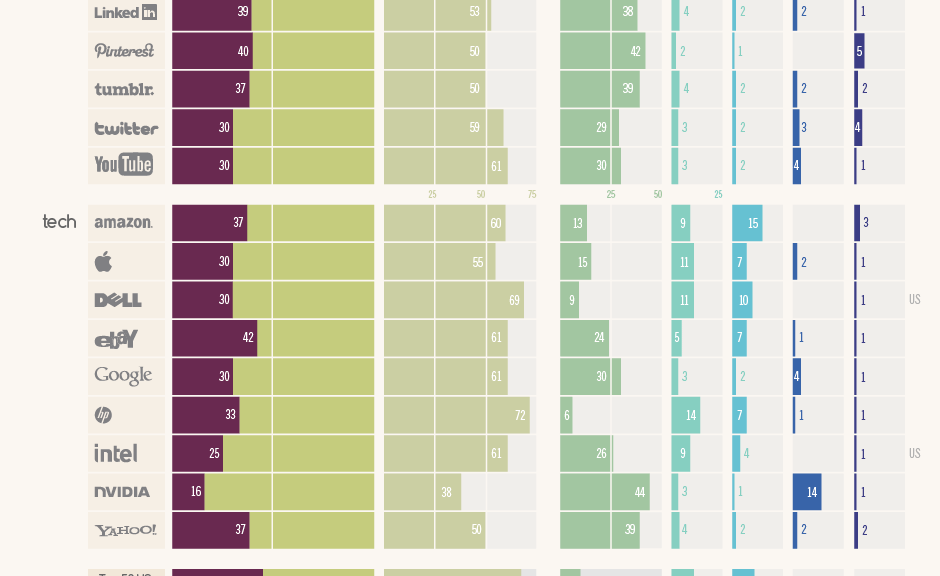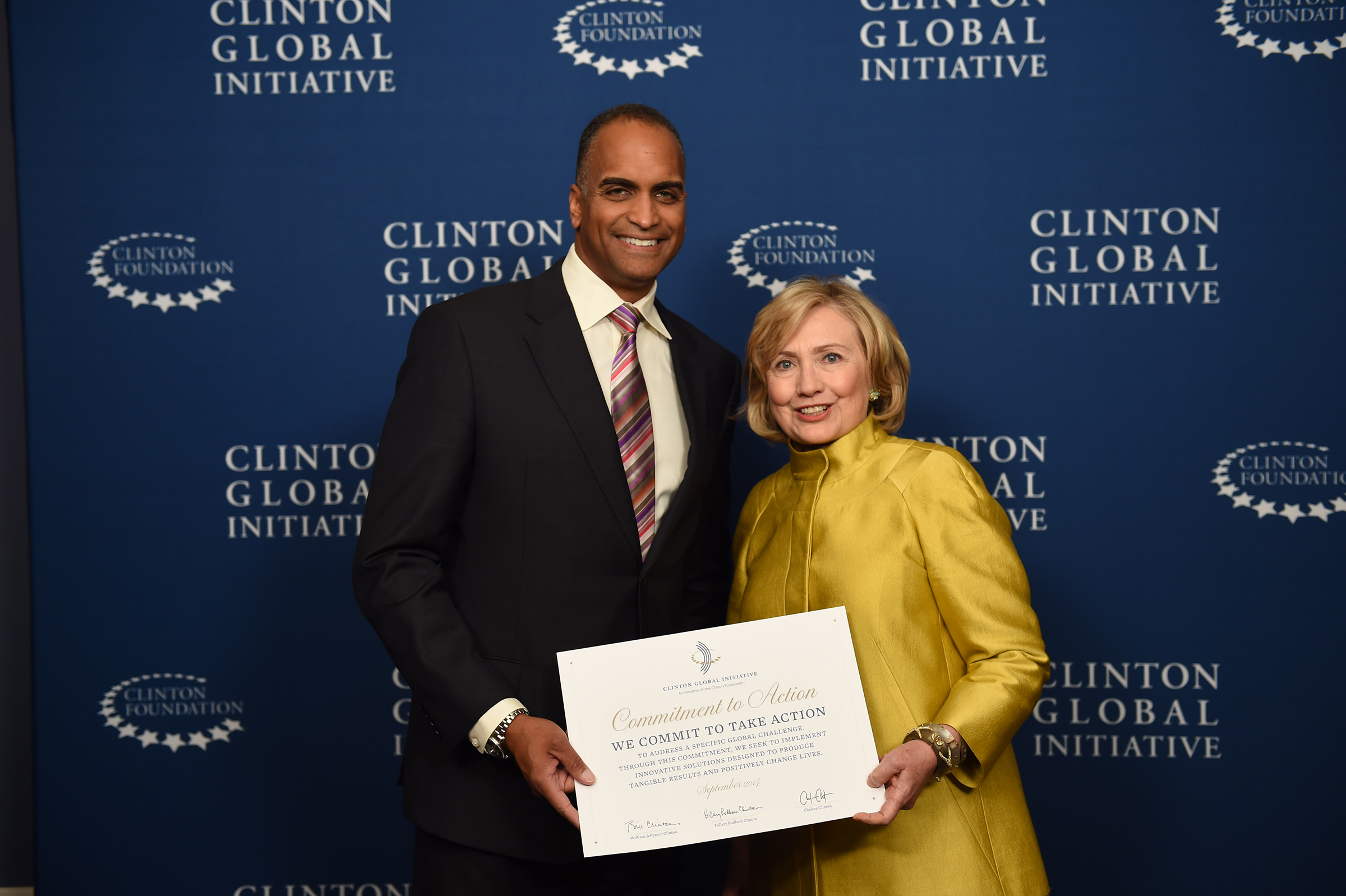Today we celebrate Martin Luther King Jr. day in the U.S., a day to remember the great Civil Rights champion. I think it’s also a day for us in the tech industry to celebrate diversity and reflect on it.
There was a significant development in tech diversity earlier this month. Intel CEO Brian Krzanich pledged in his CES keynote address to invest $300 million over the next five years to improve the diversity of the company’s workforce. The investment will be used to attract more women and minorities for engineering and computer science positions, actively support and retain those new employees, and fund programs to support more positive diversity within the larger technology and gaming industries.
And, at least in my mind, equally importantly, as part of its effort, Intel is attempting to achieve “full representation” of women and under-represented minorities within the company by 2020, including in senior leadership positions.
“It’s not good enough to say we value diversity and then under-represent women and minorities,” Krzanich stated in his address. “Intel wants to lead by example.”
This was really refreshing and good news to hear from one of technology’s leading companies, and I applaud it.
The move follows a breakthrough last year when top tech companies released their workforce make-ups for the first time. Facebook, Google, Twitter, Apple, Instagram were among the companies to report.
The numbers show that women represent no more than 30 percent of the workforce in many of the top companies. (Full disclosure: This is true for AVG as well.) Another snapshot provided in the latest (ISC)2 workforce study, published in spring 2013, shows that as a whole, the information security sector trails significantly with only 10% of its professionals female.
That is just the tip of the iceberg when it comes to the overall representation of minorities. This chart from the Guardian newspaper created by Information is Beautiful provides a view of gender and racial diversity make-up of the tech and social media industry.

Since last year’s report, a number of companies have begun to step up and invest in diversity, as we’ve previously written. In June, Google announced a program to get more women into tech with a $50 million fund to encourage girls to take up computer science in college and other grants and programs. Its “Made with Code” campaign is in partnership with Girls Who Code, a nonprofit organization that runs summer coding schools for girls, and The Clinton Foundation, whose No Ceilings project aims to promote full participation by girls and women in all aspects of society. You can read about it here.
More recently, the Hour of Code, while not aimed specifically at women and minorities, was another excellent step in promoting overall interest in computer science during Computer Science Education Week. They reported more than 10 million girls tried computer since in that one week – more than the total of the last 70 years! You can learn more at code.org.
While there is more work to be done to move diversity forward, these are good starts for our industry.
I am looking forward to contributing to the effort to help close the diversity gap in the tech industry and encourage women in technology careers as a speaker at the 2015 SXSW Interactive program with a Core Conversation on “Boardroom or Baby? The Choices Women have in Tech” on March 14th. If you’re planning to attend the conference in Austin, Texas, please put 3:30-4:30 p.m. on your calendar to join the conversation. I’m sure it will be lively!






